The Evolution of Artificial Intelligence
Origins of Artificial Intelligence
The concept of artificial intelligence (AI) can be traced back to ancient times, where myths, stories, and rumors of artificial beings endowed with intelligence or consciousness by master craftsmen are found in virtually every culture. However, the formal establishment of AI as a scientific discipline occurred much later, during the mid-20th century.

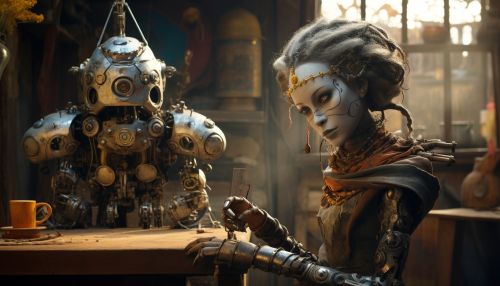
The term "Artificial Intelligence" was first coined by John McCarthy in 1956, at the Dartmouth Conference, where the core mission of the AI field was declared as solving the enigma of intelligence and replicating it in the form of a machine.
Early AI Research
The initial years of AI were filled with success and optimism. Early AI research in the 1950s explored topics like problem-solving and symbolic methods. In the 1960s, the US Department of Defense took interest in this type of work and began training computers to mimic basic human reasoning.
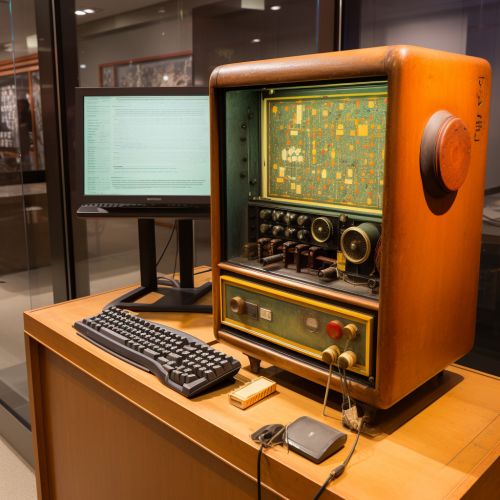
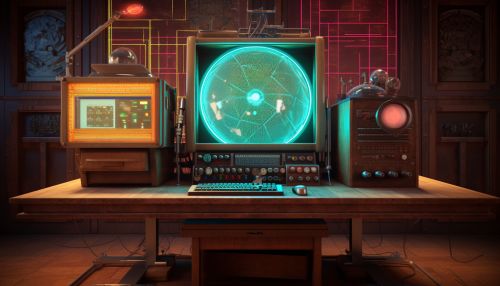
For example, the first working AI programs were written in 1951 by Christopher Strachey, later director of the Programming Research Group at the University of Oxford. Strachey's checkers (draughts) program ran on the Ferranti Mark I computer at the University of Manchester, England. By the summer of 1952 this program could play a complete game of checkers at a reasonable speed.
The Rise of Machine Learning
In the 1980s, AI research was revived by the commercial success of expert systems, a form of AI program that simulated the knowledge and analytical skills of human experts. By 1985, the market for AI had reached over a billion dollars.
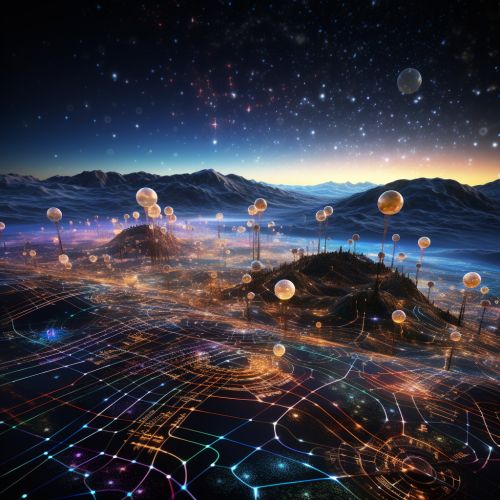

At the same time, Japan's Fifth Generation Computer Project inspired the U.S and British governments to restore funding for academic research in the field. However, beginning with the collapse of the Lisp Machine market in 1987, AI once again fell into disrepute, and a second, longer-lasting hiatus began.
The Birth of Deep Learning
The field of AI, which had been largely static since the 1980s, experienced a series of breakthroughs in the early 21st century, as mathematicians and computer scientists developed a new approach to AI known as deep learning.
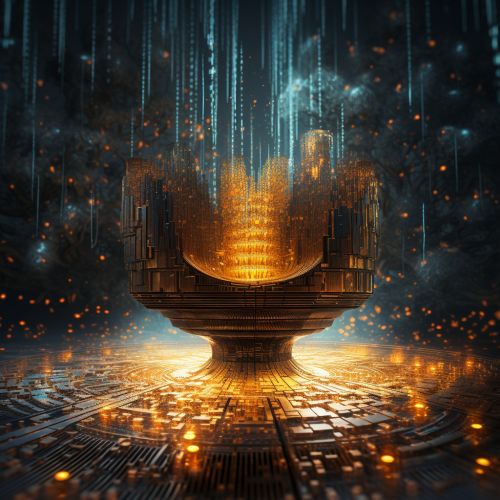

Deep learning involves training a computer model to recognize patterns in data, which it then uses to make predictions about new data. This approach to AI has led to significant advances in fields such as computer vision, speech recognition, and natural language processing.
AI in the 21st Century
Today, AI is a major part of our everyday lives, whether we are aware of it or not. From web search to video games, from voice assistants to autonomous vehicles, AI technologies are having a transformative impact on our society.
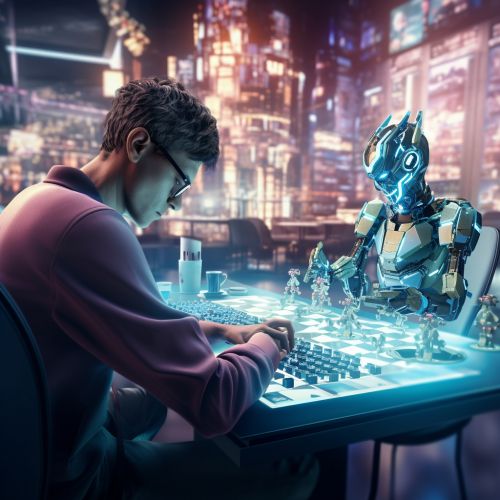

The future of AI is a topic of intense debate and speculation. Some researchers believe that AI will advance to the point where it will be able to perform any intellectual task that a human being can do. Others believe that there are limits to how far AI can go.
